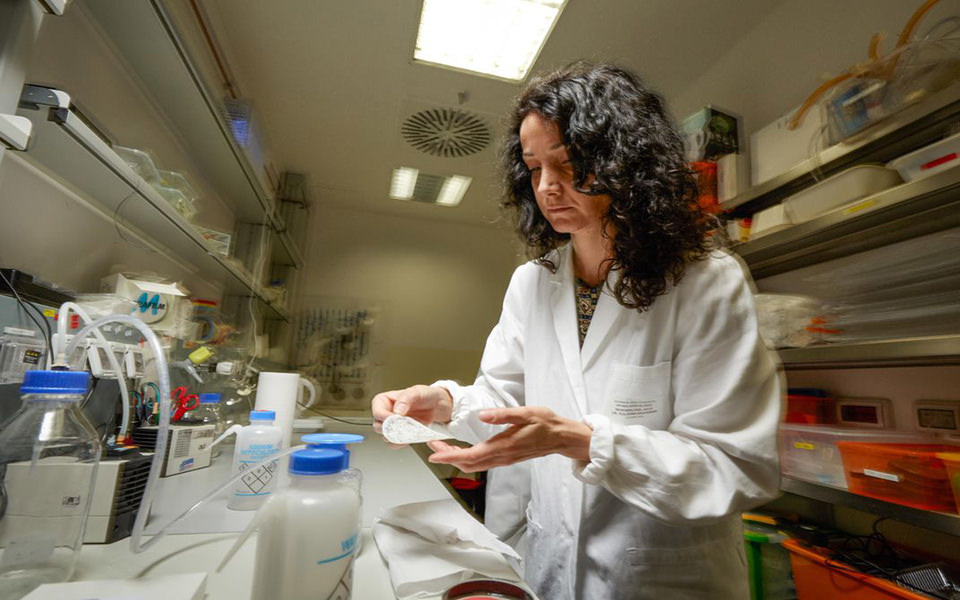Kill All the Mosquitoes?!
New gene-editing technology gives scientists the ability to wipe out the carriers of malaria and the Zika virus. But should they use it?
To the naked eye, the egg of the Anopheles gambiae mosquito is just a dark speck, but under a 100-power microscope, it shows up as a fat, slightly curved cucumber, somewhat narrower at one end. In the wild, it is typically found in shallow, sunlit puddles in sub-Saharan Africa, but it can survive in any number of wet places at around 80 degrees Fahrenheit. In a laboratory in London, behind three sets of locked doors enclosing negative-pressure containment vestibules, Andrew Hammond, a doctoral student in molecular genetics, picks up a clump of Anopheles eggs on a small paintbrush and lines them up on a microscope slide. Hammond looks for the narrow end, where the germ line cells that will form the next generation are located. With delicate nudges of a joystick, he maneuvers a tiny needle through his field of vision until it just penetrates the egg membrane, and the click of a button releases a minute squirt of DNA. Whether the genetic material reaches and binds to its target region is then a matter of luck, and luck is, generally, with the mosquito. Hammond’s success rate, of which he is very proud, is around 20 percent.


